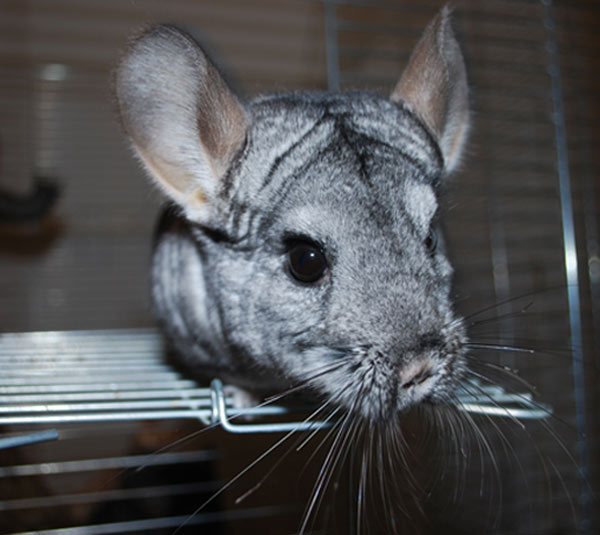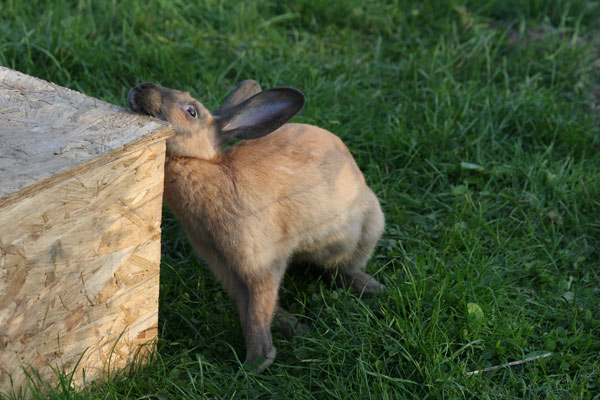Fur animals: Olfaction
Mink
Minks have well developed olfaction, which it uses for communication and food search. Chemical signals are used for communication.
They are excreted via urine, faeces, and glands in the skin. The chemical signals can be divided in two groups: volatile and more consisting substances. The volatile substances are used as a warning signal when the mink is subjected to stress or threats.
The more consisting substances are used for marking territory and recognising individuals. This means that smells from other individuals can frighten a mink.

For example, the handling glove canbe contaminated with odours from a mink that has been frightened or stressed. A marked territory in the cage can make a mink stressed if it is moved to a cage of another indivual.
Remember!
- Minks have well developed olfaction.
- Remaining odours on objects and interior from other minks can cause stress and frighten other individuals.
Minks often use olfaction to explore objects, in this case the breeder’s hand. Photo: SLU.

Chinchilla
The chinchilla, like other rodents, has well developed olfaction. Olfaction is used to recognise conspecifics, keep track on territorial boundaries, for food search, and to avoid predators (mammals or birds).
Chinchillas learn to recognise odours, but can also react instinctively to odours. The chinchilla can therefore be frightened by odours it associates former unpleasant experiences, but can also be frightened by unknown odours.
Remember!
- Chinchillas have well developed olfaction.
- Consider that chinchillas can by frightened by odours.
The chinchilla uses olfaction to explore objects. Photo: SLU.

Rabbits mark territory with a secretion from odour gland under the chin. Photo: Helena Forslund.
Rabbits
The rabbit has well developed olfaction, which it uses for food search and in their social life. The rabbit’s olfaction is thought to be more important than vision to identify mebers of its own group.
Rabbits mark territory with help from secretions from odour glands under the chin and at the rectal opening. Mainly the males can also mark odour by splashing urine. Dominant males have larger odour glands and excrete stronger odours than more submissive individuals.
Remember!
- Rabbits have sensitive olfaction, therefore sharp odours from i.e. detergents and perfume should be avoided in premises where rabbits stay.